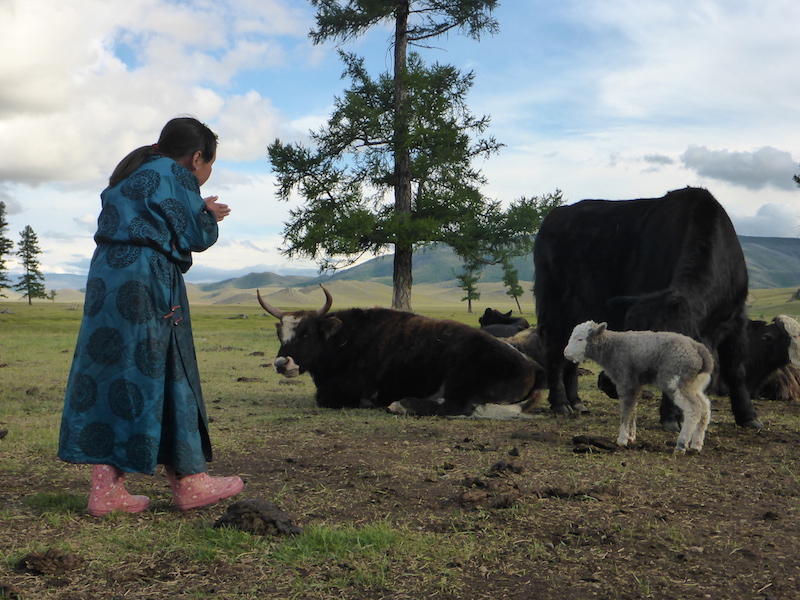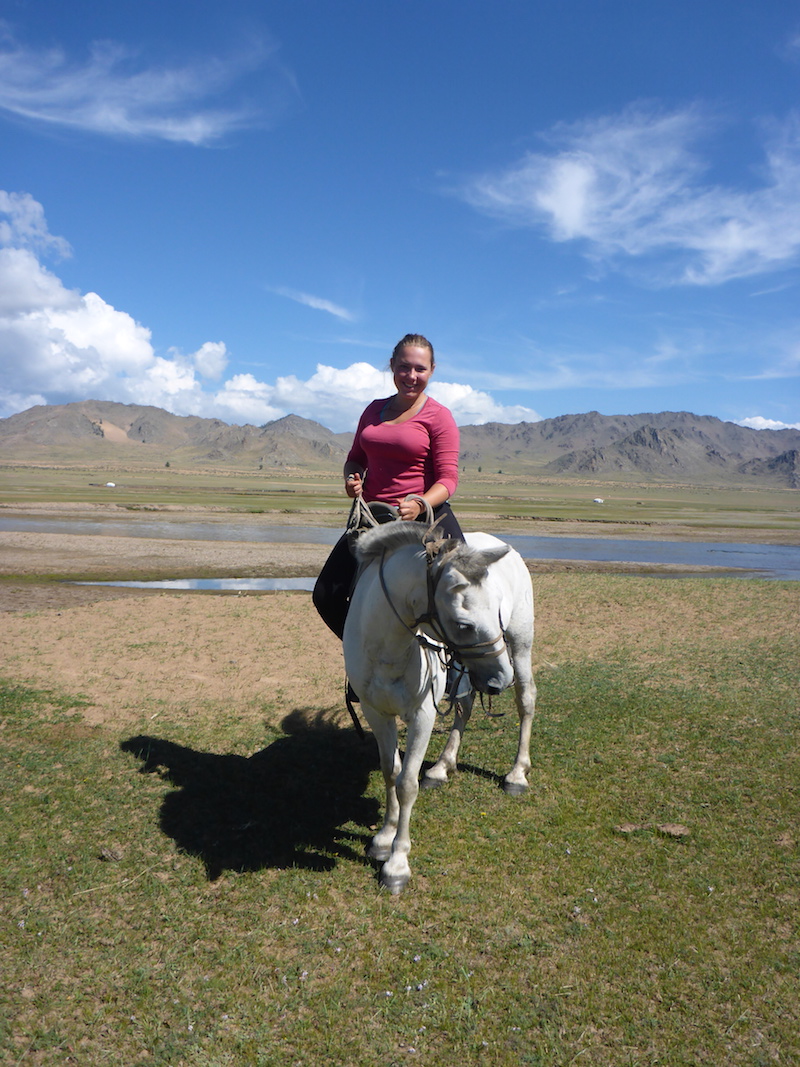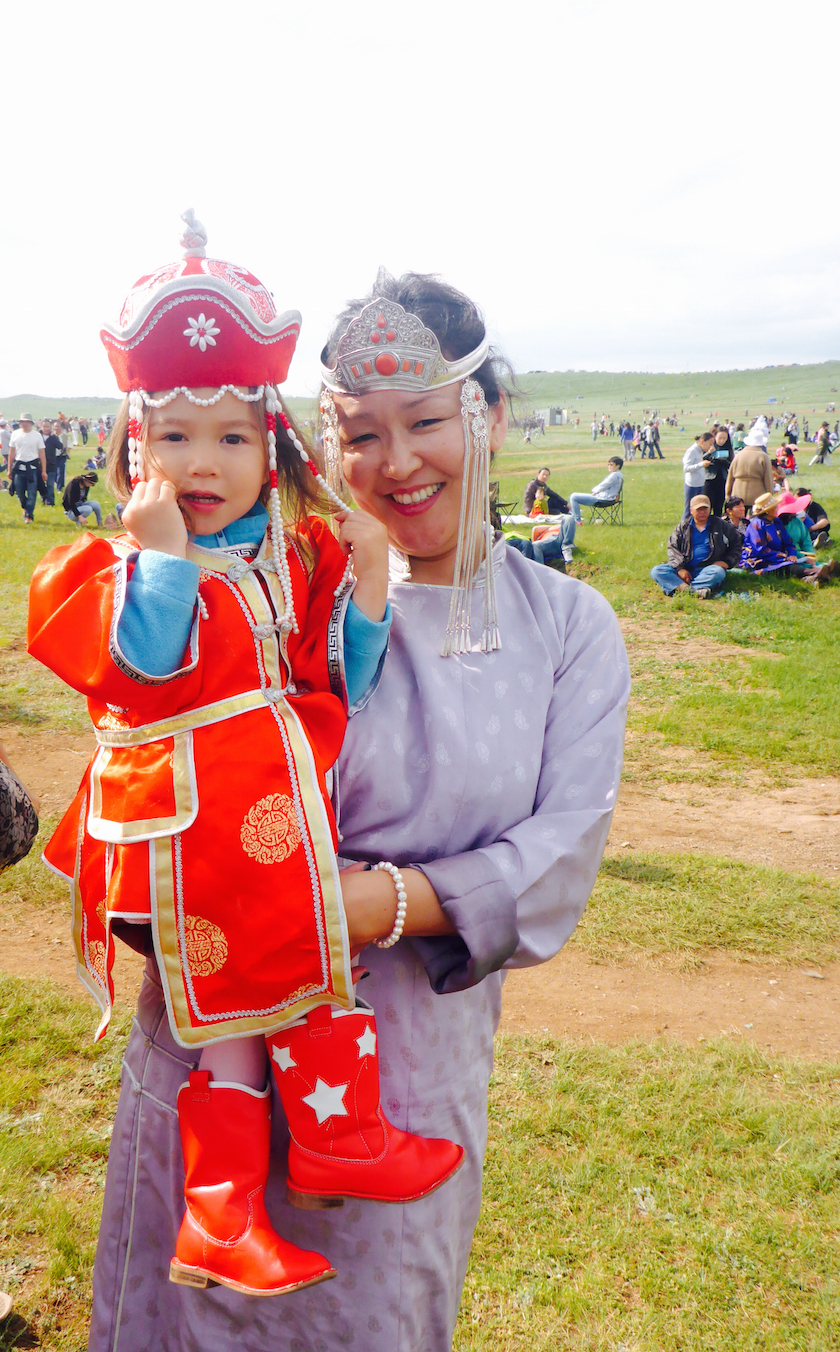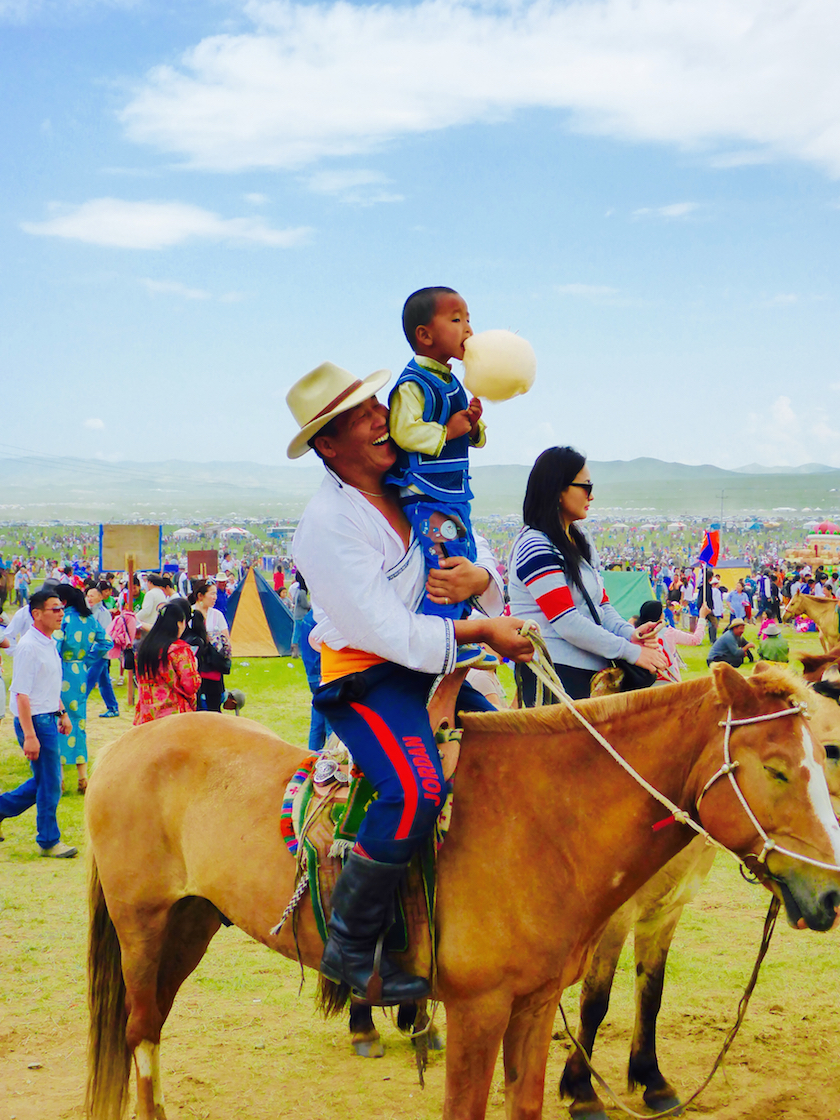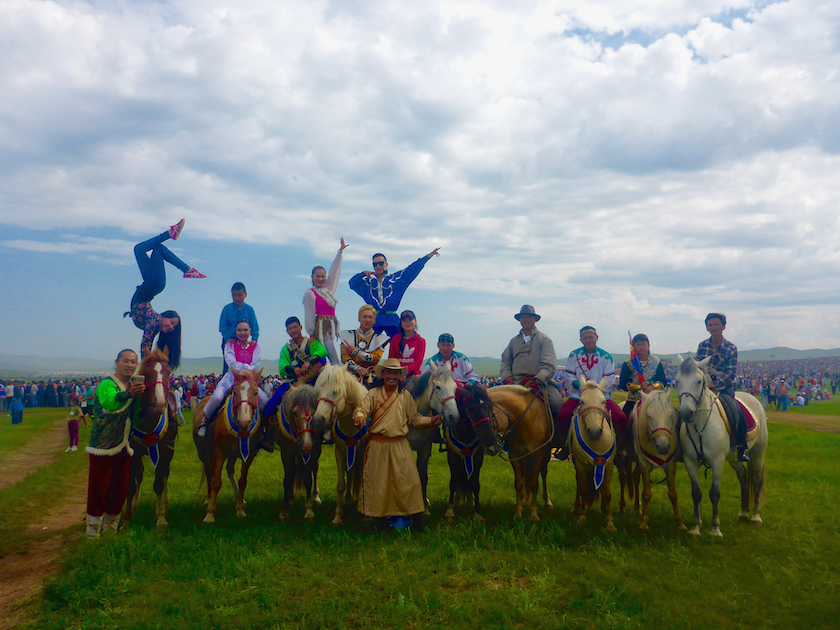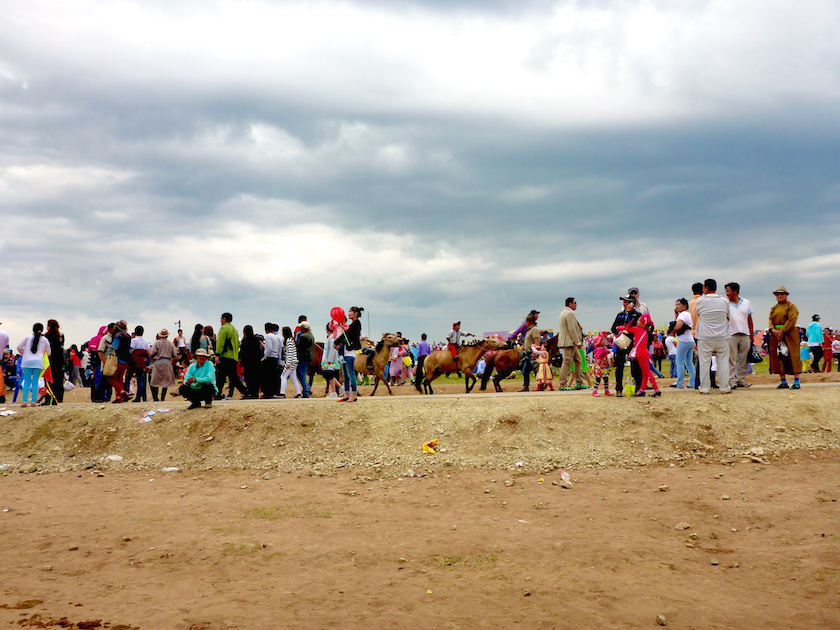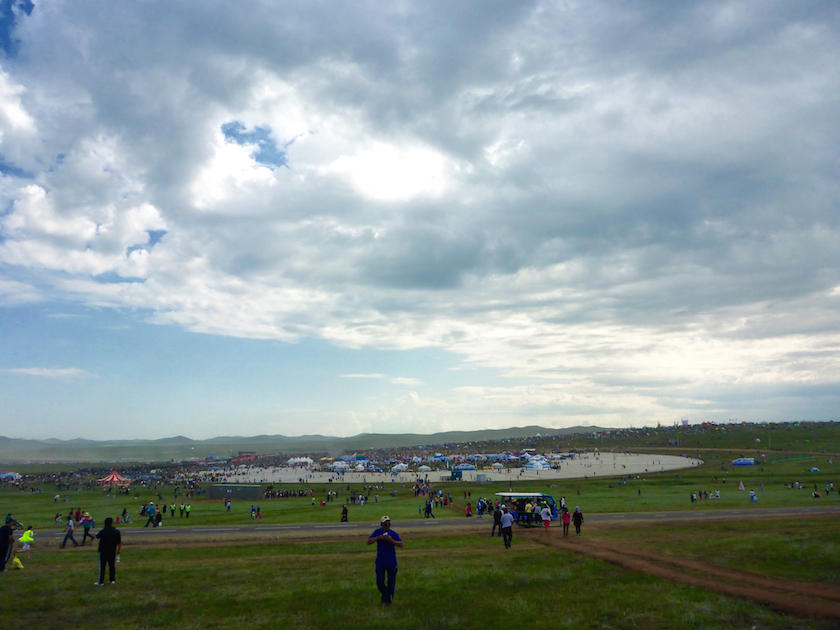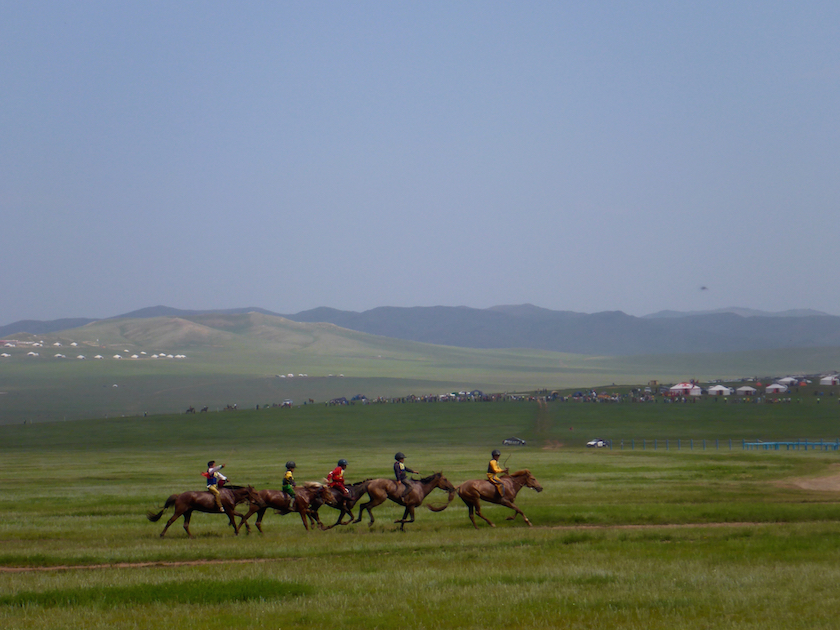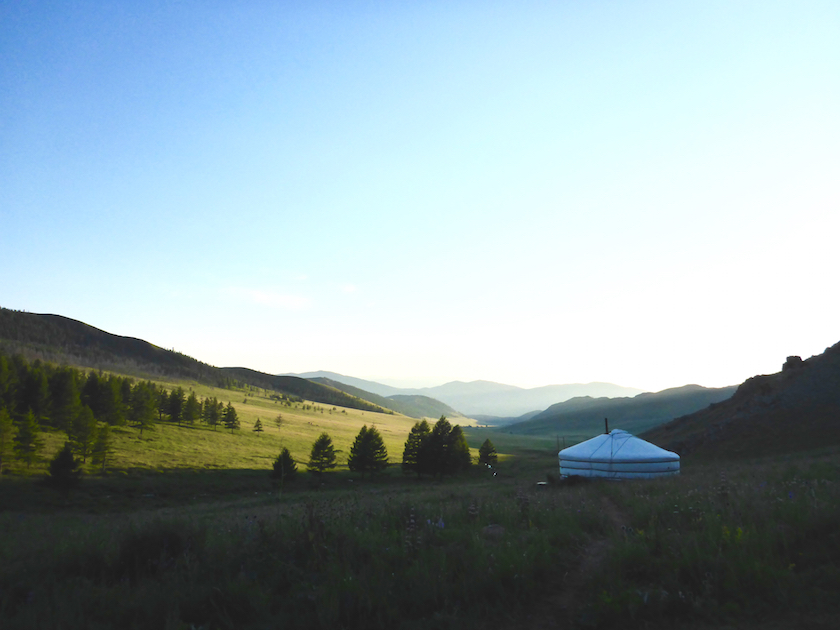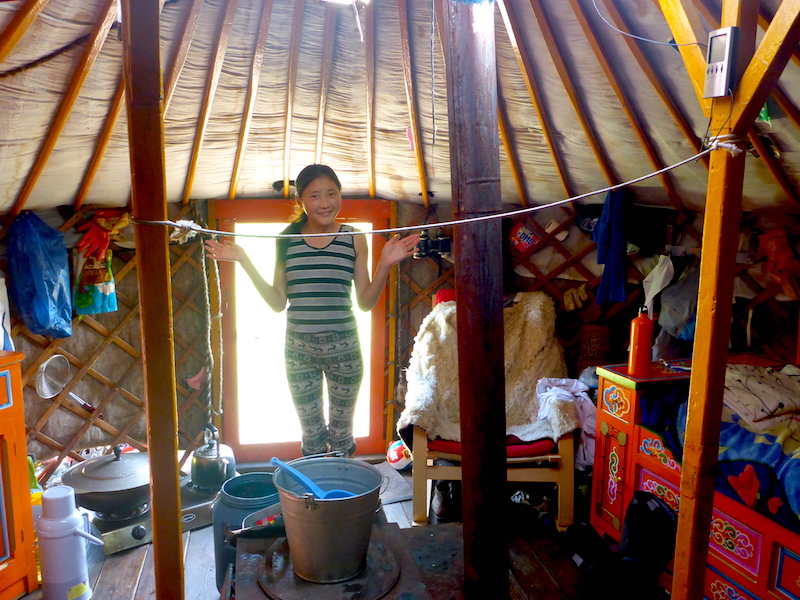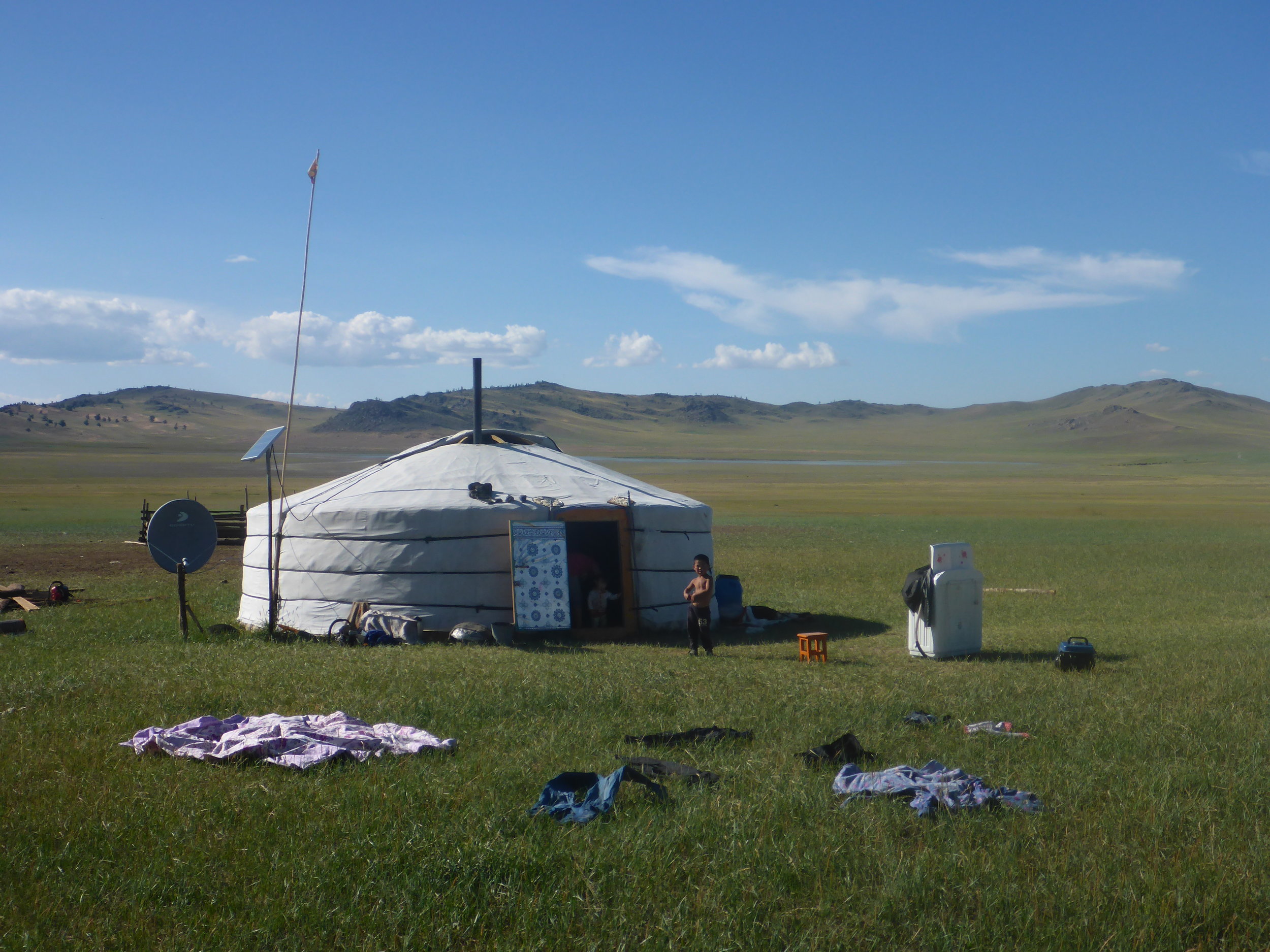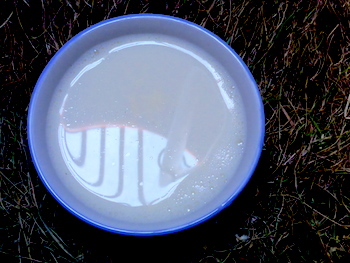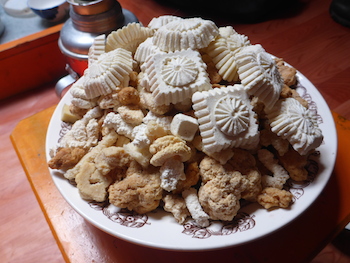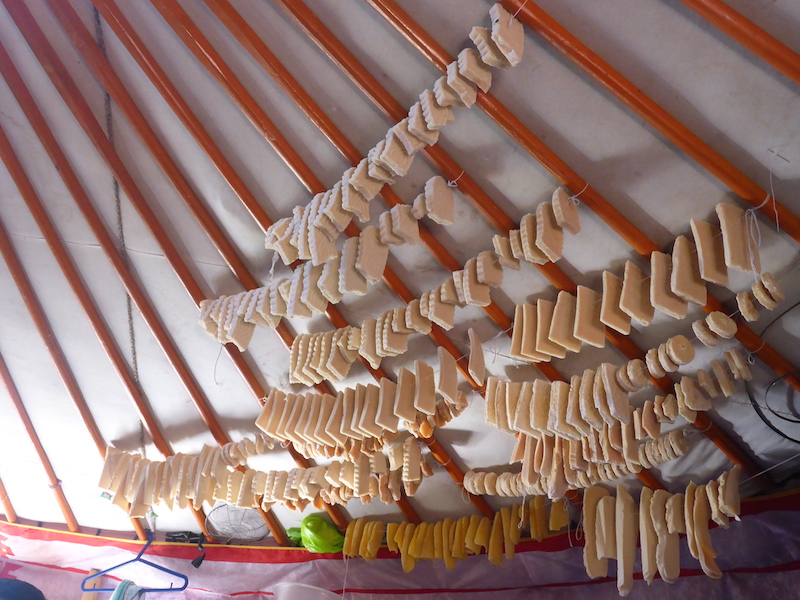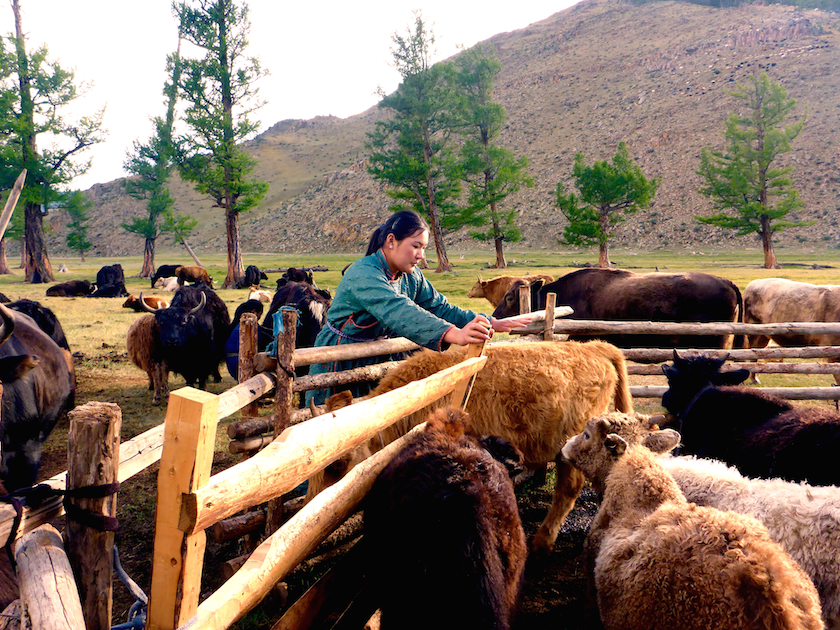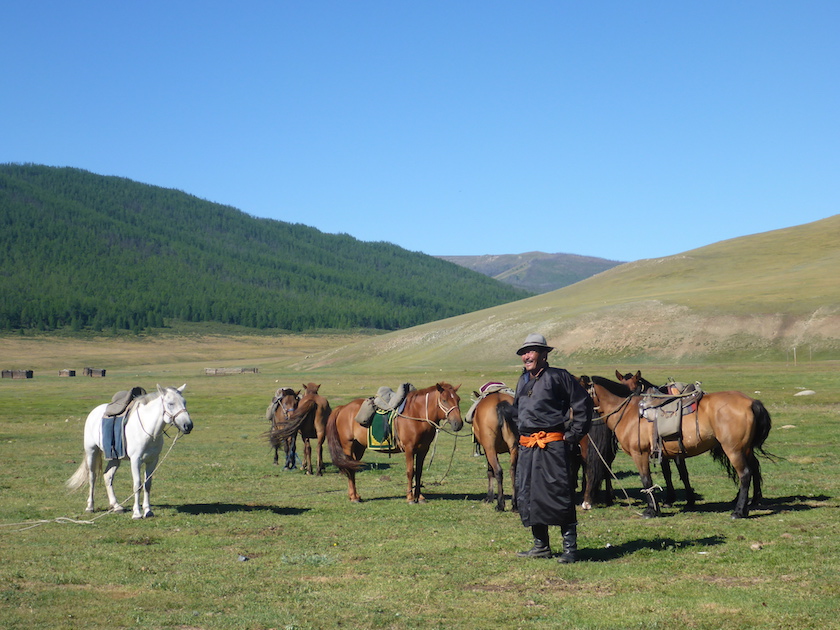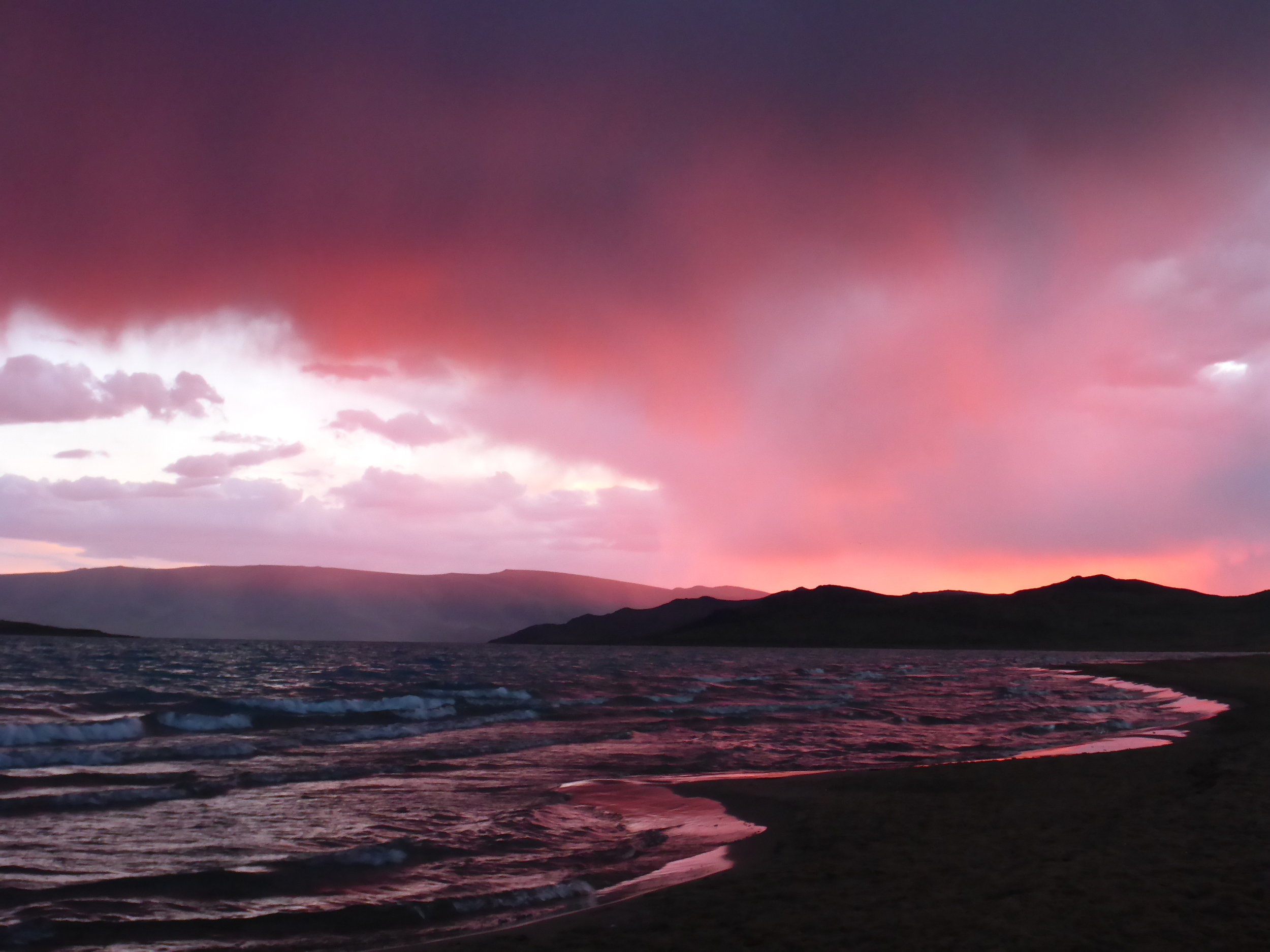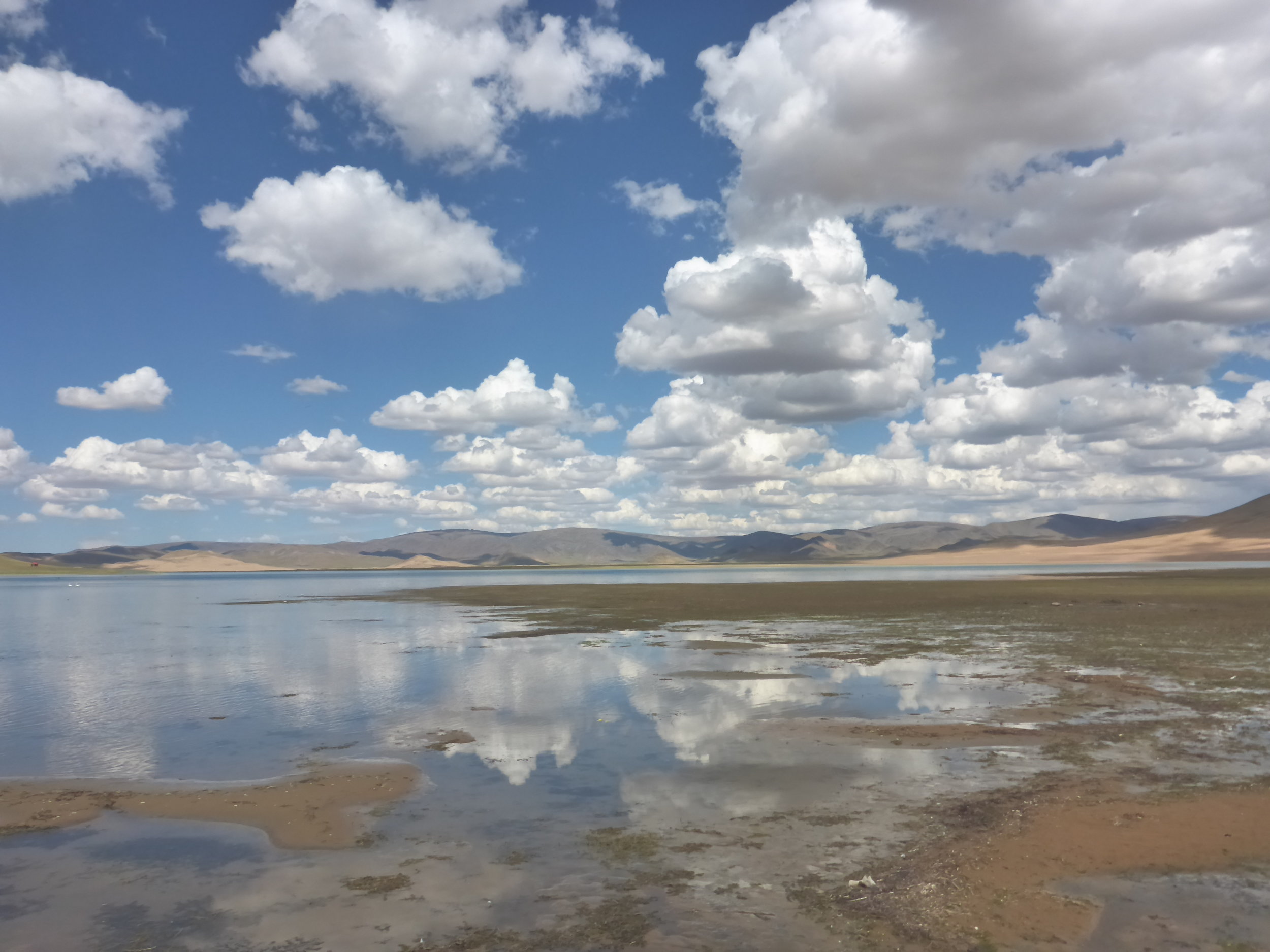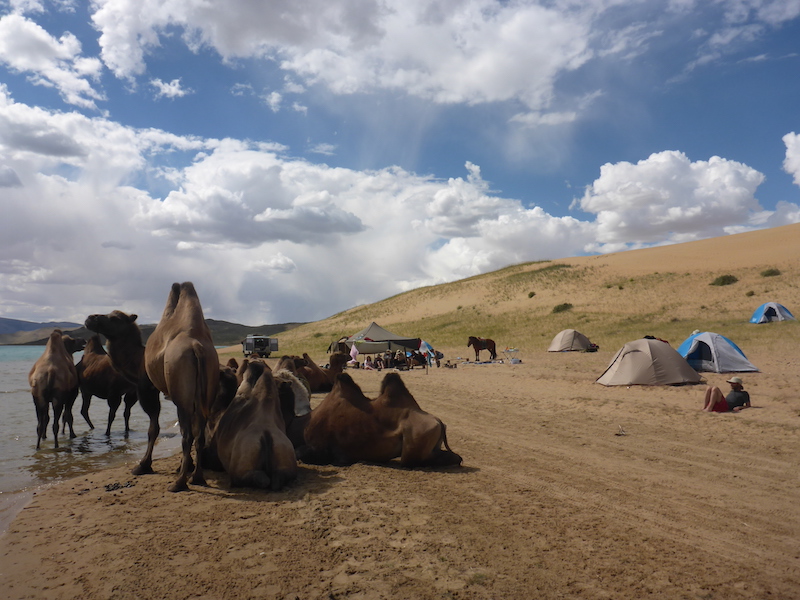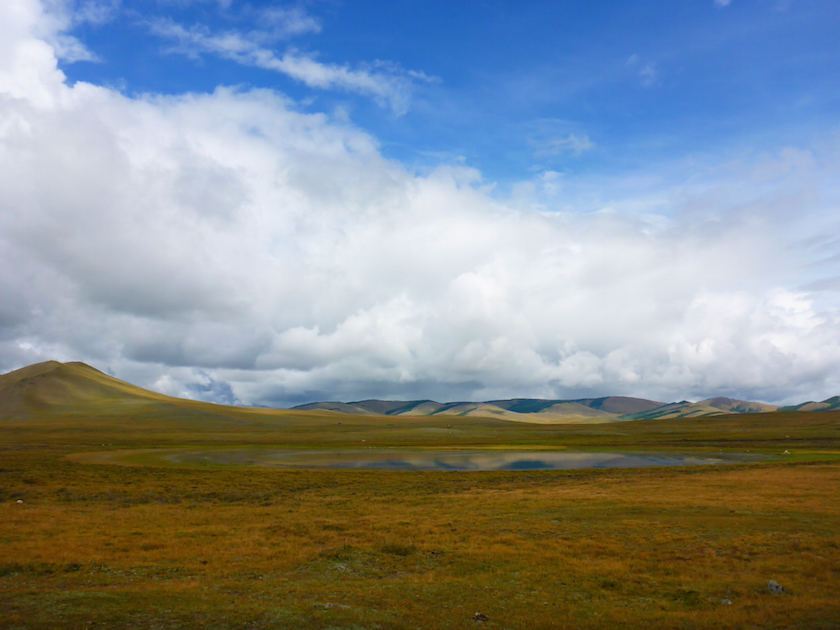My Ultimate Adventure Guide To Mongolia: 11 Reasons To Visit
/This blog was adapted from my article for Travelettes.
Quick Background on Mongolia’s Infamous History
Do you know the legend of Genghis Khan?
It is told that Genghis Khan was born with a blood clot in his hand and therefore destined to lead Mongolia to become the world’s largest empire. Genghis Khan’s vast empire was founded upon Mongolia’s nomadic steppe life and horses. It was this legend that captured my imagination and lead me to catching a train from Beijing to Ulaanbaatar, Mongolia.
Mongolia’s history and heritage drew me in, but it was its unique charms that won my heart. I found the nomads wonderful and their lifestyle fascinating, with their yurts, horses and cattle. The country felt raw and authentic being off the beaten track and it was cloaked in mystery to the Western eye. I was eager to discover its treasure trove of culture and natural beauty!
Mongolia's Festival Of The Year: The Naadam Festival
During the Naadam Festival, Mongolians celebrate their ancestral history and culture by boasting their talents in The Three Games of Men:
Jaw-dropping wrestling
Unbelievably accurate archery
Spine-tingling horse racing
Mongols participate in these events to prove that they’re man or woman enough to be descendants of their notorious and illustrious hero Genghis Khan.
A week before the festival, Ulaanbaatar was buzzing with Naadam fever and reached a bewildering climax during the 4-day festival period. There were ubiquitous amounts of drinking, eating, dancing, music, parades, parties and dressing up. Everyone was in high spirits and wearing their best deel, a traditional cloak of Mongol nomads. It was terrific to visit at this time of the year!
Jaw-dropping wrestling
Watching the Mongol men wrestling in the arena was fantastically bizarre. The most successful wrestlers chose their opponents; therefore, gargantuan muscle-clad wrestlers dismissively picked off their feeble competitors with ballistic behavior. The wrestling was very theatrical as they wore heavy leather boots, a plush black velvet domed hat with a gold steeple, tiny royal blue silk briefs and a ruby red chest-exposing silk jacket.
Unbelievably accurate archery
SWOOOSH! I was left speechless when I first watched a line of archers dressed in opulent deels fire their arrows. Virtually every one hit a bullseye. The adjudicators threw their arms up as the stacks of tin cans at least 30m away tumbled down. Each archer possessed astounding accuracy. I now understood why the Mongolian archers were both infamous and feared, especially on horseback!
Spine-tingling horse racing
The horse race really blew me away. Mongol horses aren’t as graceful or prim as their Western relatives, but don’t let their small and stout appearance deceive you. They possess extraordinary qualities; they’re tough, fast, powerful, courageous and have remarkable stamina.
The horse race takes place about an hours drive outside of Ulaanbaatar on the immense undulating grassy green steppe. A city of white yurts spread extensively across the widespread valley and at its epicenter was the finishing line, surrounded by stalls selling food, horse gear, toys and games.
Jovial Mongols surrounded us as we watched the Soyolon (5 year old jockeys) horse race, which was a staggering 60km long. Around us was a sea of iconic Mongolian deels, while some Mongols observed the race from their saddle, others enjoyed a picnic and there was a circus group boasting their acrobatic skills.
Suddenly a glint on the horizon of the gently rolling hills appeared. Then before we blinked, a long train of galloping horses and precariously perched jockeys were cascading down the valley and thundering passed us. The crowd became extremely animated, waving and cheering the participants on! It was amazing; you could feel the electric energy of excitement surging through the crowd!
But the Naadam Festival isn’t the only reason to visit Mongolia, here are 10 more!!
1. Horse Riding Across The Steppe
I followed in the nomads’ hoof steps for 3 weeks. It was an extraordinary and exceptional experience…
There is no greater feeling than when galloping across the Mongolian steppe on your noble steed; the wind swooshing past your face, adrenaline pulsing through your body, the horse’s power beneath you, the blurring of the landscape as you increase speed and the sound of hooves rapidly striking the earth. It is exhilarating and liberating, something that stays with you forever.
2. Mongolian Culture and Nomadic Lifestyle
“To the mounted nomads who rode and resided along the Equestrian Equator [Eurasian steppe]…Life to them was a bridge; one should cross over it, not build a house on it.”
- CuChullaine O’Reilly, F.R.G.S., Founder of the Long Riders’ Guild
The Mongolian culture continues to be predominately centered on the traditional union between Mongol and horse. This union liberated humankind from its own physical limitations around 3000BC and would eventually allow Genghis Khan to create an Empire that overshadowed all others.
The Mongols are one with nature and their ancient knowledge passed down from their ancestors. However, the modern world is encroaching and climate change is detrimentally impacting their livelihoods.
The Ger Or Yurt
When traveling through the steppe, you often spy in the distance a minuscule white speck and as you advance towards it on your small native Mongol horse, it slowly grows in size. You soon recognize it as a ger, the nomads’ family home: a white circular tent with a domed roof, made from felt and wood and with an inviting door, often bright orange.
The foundations of a ger are homogenous, but the interior of each one is unique, personalized by the occupants. I have visited a variety of gers from those with grass floors to wooden floorboards, plain to highly decorative, basic to lavish, bare to cluttered, light to dark and small to large, but all have been impeccably clean.
Stepping Over The Ger's Threshold
Being invited into a ger and stepping over the threshold, is a very special moment. You immediately walk clockwise around the centered stove, until you find a respectful place to sit and this is usually cross-legged on the floor, unless otherwise invited. As you are in awe of your new surroundings, a feeling of serenity and warmth washes over you.
The Special Mongolian Hospitality
While absorbing the magnificent interior, you accept a steaming hot bowl of fresh ‘Süütei tsai’ (yak milk tea) with two hands and ‘bayarlalaa’ (thank you).The family may also offer aaruul (dried sweet yoghurt) or urum (divine thick layer of cream), airag (fermented mares milk – an acquired taste!) and/or their homemade vodka produced from yoghurt. Fresh vodka is lovely, especially warm, it is very smooth and easy to drink - sometimes to your detriment!
The Nomadic Lifestyle
Within 30 minutes a nomad family can pack up their ger and belongings onto a yak-pulled cart or camel train, boasting their possessions to those who pass. Families migrate with their livestock according to the season, in order to survive the harsh environment and provide pasture to their animals. The five prized steppe livestock are; horses, bovines (yak, cattle), sheep, goats and camels.
Their Music
Mongolians have distinct instruments and form of singing called throat singing. The music tells the story of the alliance between the steppe and Mongols beautifully. I have seen a local band play and heard various nomadic horsemen sing to their horses. Their music provides the perfect soundtrack to a long ride.
Their Deel (special type of clothing garment)
Whether working or riding, the nomads wear the traditional deel; a thick dressing-gown like garment that wraps around them from their neck to their ankles, with long sleeves stretching below their hands. A large sash is secured around their waist, a place to keep knives and useful tools. The deel protects them against the harsh winds and cold temperatures. With sleeves covering their hands, gloves are often disregarded and therefore allow them to use the horses’ reins effectively or milk the yaks efficiently.
Despite the deels’ practicality, the nomads always look picturesque wearing them, as they come in bold and exuberant colours with ornamental designs. The women always have their hair in one long dark, glossy braid.
3. Off The Beaten Tourist Trail
One of the qualities I found most appealing about Mongolia, is that it is not on the well-followed tourist path. Its borders were only opened in the 1990s and the West has yet to take its hold on this virtually unspoiled country.
Mongolia is aloof, largely shying away from the tourist mob and only attracting those who seek adventure, wilderness, and excitement. To experience the authentic Mongolia, you simply have to venture into the remote, land-locked land.
4. The Gobi Desert And Camel Riding
Riding a camel with a wonky hump through the desert was an uncomfortable experience and very slow, but wonderful.
The romanticism of camel riding, themystifying senses of exoticness, excitement and luxury travel played to my imagination. The movements of Wonky my Bactrian camel soon yanked my dream world into a rather different reality.
The camels dawdled across the desert at a leisurely lollop. At first, this strange rhythm of striding was bizarre and uncomfortable. I sat perched in between two humps towering above the orange sand, not at all sure as to how to sit, be content or relaxed on Wonky. I felt very out of place.
Wonky provided me with a lofty view of the desert, which I was able to quickly lose myself in. The smell, the feel, the noises and the sights of the desert were mesmerizing and intriguing, new and different.
As time passed, I found Wonky’s slow pace and rhythm centered me in the moment and I was able to just Be and Exist. As I fell deeper under the deserts hypnosis, I realized I had become entirely relaxed and almost floppy, falling in with Wonky’s unusual rhythm.
The landscape was picturesque. Orange sand dunes contrasted with the stark cobalt blue sky. Great sapphire blue lakes would miraculously materialize nestled within the dunes and great desolate mountains. Distinct landforms would also suddenly appear, such as an orange rocky arch on top of a ridge! Occasionally we came across nomads living in this incredible landscape, which I thought quite a feat.
5. Magical Mongolian-Manchurian Steppe
I believe you can only truly experience and feel the true magic of the Mongolian steppe when immersed in its awe-inspiring landscape.
As soon as Ulaanbaatar’s ger districts and concrete buildings melt away behind you, the Mongolian-Manchurian steppe appears and stretches out as far as the eye can see.You can feel the magic of this extraordinary place.
Ancient rivers have carved up the land into a myriad of valleys, with vast emerald green grasslands spreading flat out before you. Hills radiate from valley edges and mountains protrude into the sky, often with a light dusting of snow. Tall pine tree forests appear sporadically on the valley sides and add texture to the otherwise monotonous grasslands, as they finger into the sky like stiff broom bristles!
The steppe is nearly void of human life and is silent, except for the occasional buzz of an insect, call of an eagle, howl of a wolf, whinny of a horse, low grumble of a Furgon (the numerous veteran Albanian minibuses) or a Mongol’s laugh.
6. The Mongols
‘Tanilgui han algiin chine. Taniltai hun taliin chine.’
A man without friends is as small as a palm. A man with friends is as big as the steppe. – Old Mongolian Proverb.
When you meet a Mongolian nomad you are instantly drawn to his or her fabulous smile and their wise brown eyes. Their faces are weathered, etched with creases derived from living in the harsh environment and the sun has turned their skin leathery. They are extraordinarily friendly and always invite you in for tea!
You often find the children playing outside with an air of naivety that all children have, but in contrast to Western children, these guys are tough. A 2 year old is left quite happily with a sharp knife to slice cheese, a 4 year old is allowed to gallop across the countryside bareback and while a 10 year old boy is trusted with the role of looking after the family’s sheep all day, the girls milk the yaks or mares three times a day during the summer. You will always see them smiling and laughing.
7. Residence of ‘The Grand Leader of All’: Ghengis Khan.
I loved discovering about Mongolia’s once illustrious and shrewd hero, Genghis Khan, who in 1206 declared himself “The leader of all those who dwell in felt tents” and who is now their celebrity.
Genghis Khan was aleader of outstanding capabilities and vision, who in the face of adversity, united the diverse tribes of the steppe and went onto create the world’s largest contiguous Empire.
Mongols:were they barbarians or highly sophisticated worldly people?
History has carved out Mongolians to be barbarians and primitive people, which remains a belief among some people today. However, the achievements of the Mongols, both military and other, have been extensively praised as evidence of a highly sophisticated and worldly society.
Empire building is a violent and destructive process, and the construction of the Mongol Empire was no exception. Numerous cities were destroyed and the Chinese fear of Genghis Khan’s army drove them to building The Great Wall of China!
Yet, despite this terror, the Mongols introduced broad social programs, incredible religious and cultural tolerance, economic prosperity and opened communication between Europe and China for the first time, amongst other achievements.
10. It’s A Truly Unique Country
Mongolia is populated by more livestock than humans: about 41 million Vs. 2.8 million, respectively.
Young population: approximately 68% of the population is under 35 years of age.
One of the world’s most impressive literacy rates: 98% of adults are literate.
One third of the total population lives in the capital: Ulaanbaatar, marked by a red star on the map.
Mongolia is a landlocked country, bordering Russia and China
As a Mongol women calls out “Ayan zamdaa sain yavaarai” and flicks milk to the sky three times using a ladle, she wishes you good luck on your journey and asks God to keep you safe. An ancient Mongolian ritual.
8. You Can Travel There By Train
The Trans-Siberian Express train journey between Russia and China will transport you to Mongolia.
I had a huge amount of fun traveling by train from Beijing to Ulaanbaatar! I met lots of great people on the train who I ended up traveling with for a few weeks and they helped me get a brilliant volunteer position on a horse ger camp.
It was as if I was living in one of Agatha Christie’s Detective Novels! The interior was outdated and oriental; thinly padded red leather benches became your bed at night; you could watch the ground racing below the metal toilet; only the opening and closing of windows regulated the carriages’ temperature; the dining cart was out of a 1920’s or 30s film set!
I felt like I was aboard the Hogwarts Express, being transported to a magical place. Beijing’s grey, dirty urban concrete jungle gradually faded away and the vibrant green grass of the steppe with stark blue sky came into view. As I gazed at the changing landscape through the old fashioned windows, I felt as if I was watching a stunning old-fashioned Technicolor film in HD.
9. Ulaanbaatar, or using the local cool lingo: ‘UB’
UB oozes history, from its Communist-style architecture to historical monuments and museums. The urban and country Mongolian culture is embedded through local markets, restaurants, shops and entertainment.
The predominant architecture of UB is the remnant of the Communist Era; the City is largely a rundown grey concrete jigsaw of low-rise buildings. The Mongolian Parliament Building dominates the city center within Sükhbaatar Square and opposite is an immense bronze statue of Genghis Khan gazes out over the city. A reminder of the once Great Mongolian Empire.
On the other side of the square, is the ultra-modern Blue Sky Tower, symbolizing the disparity between Mongolia’s past and future. Mongolia’s future is looking peaceful and prosperous, due to its rich mineral wealth. The government is keen to re-invest the profit into their country and bring Mongolia onto the world stage. Already there is an epidemic of construction spread throughout the city, a sprawling ger district and plethora of restaurants, pubs and shops appealing to the mass of tourists.


